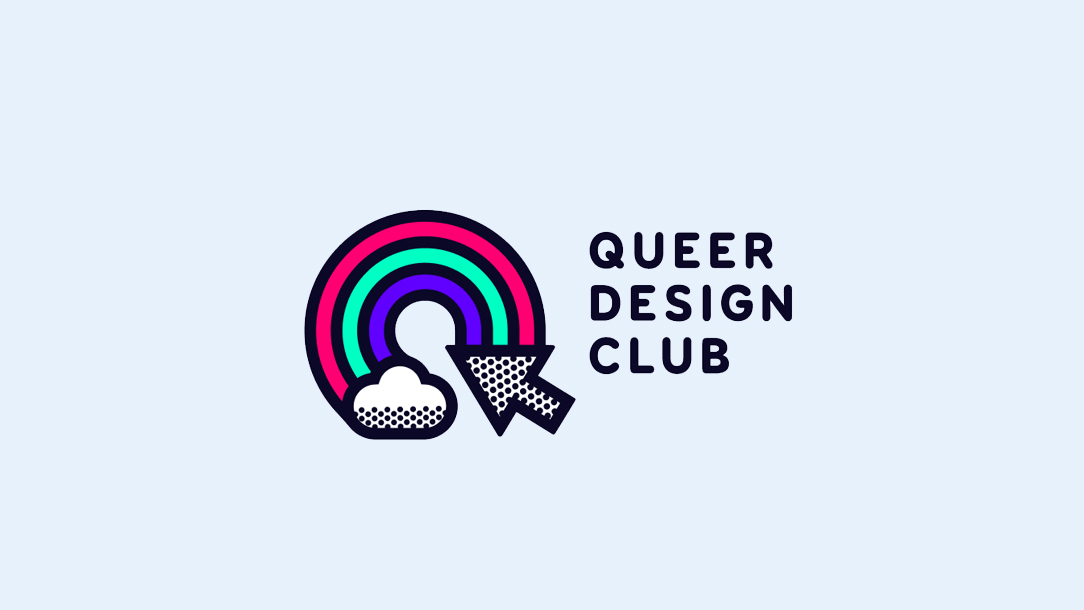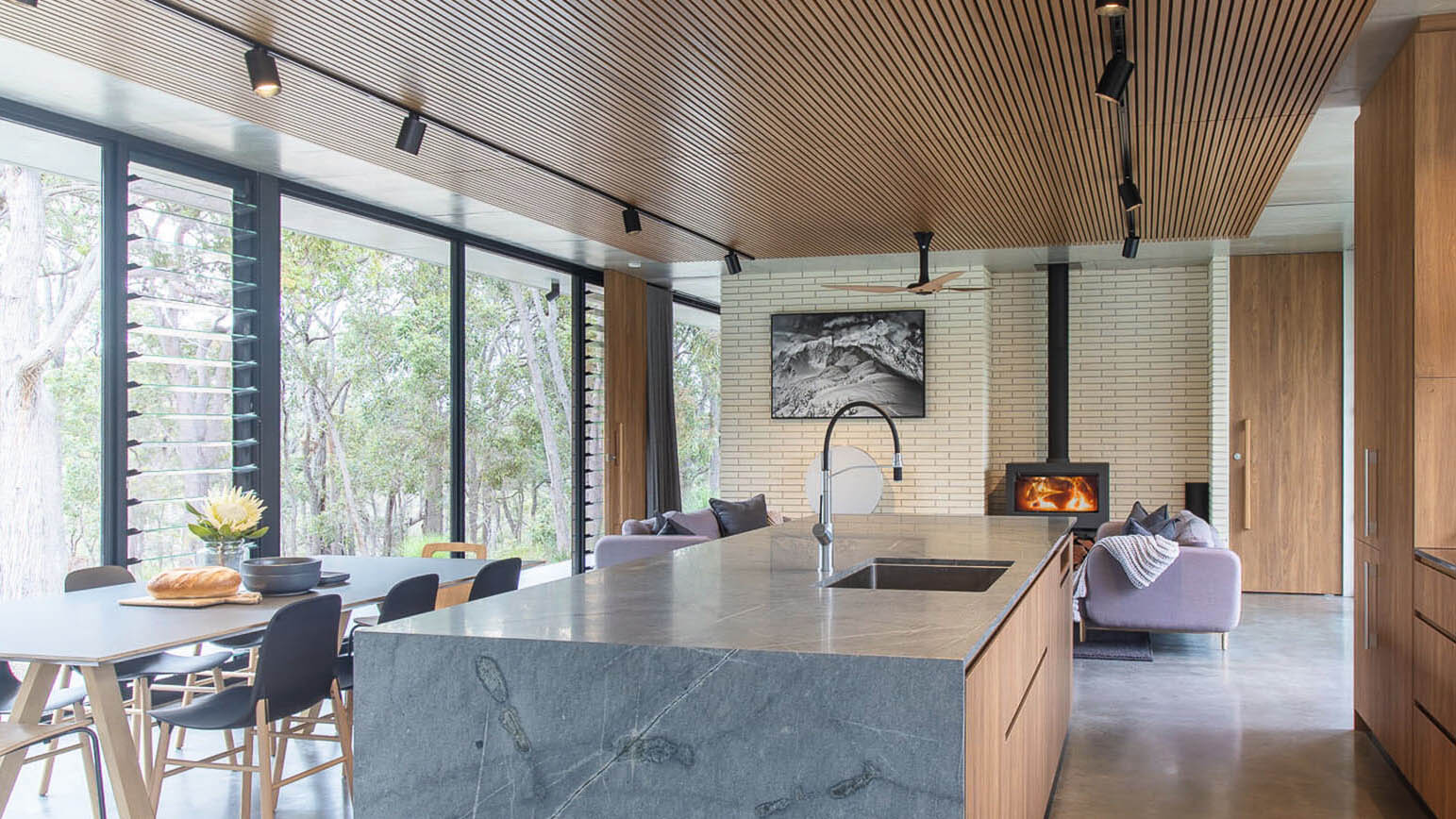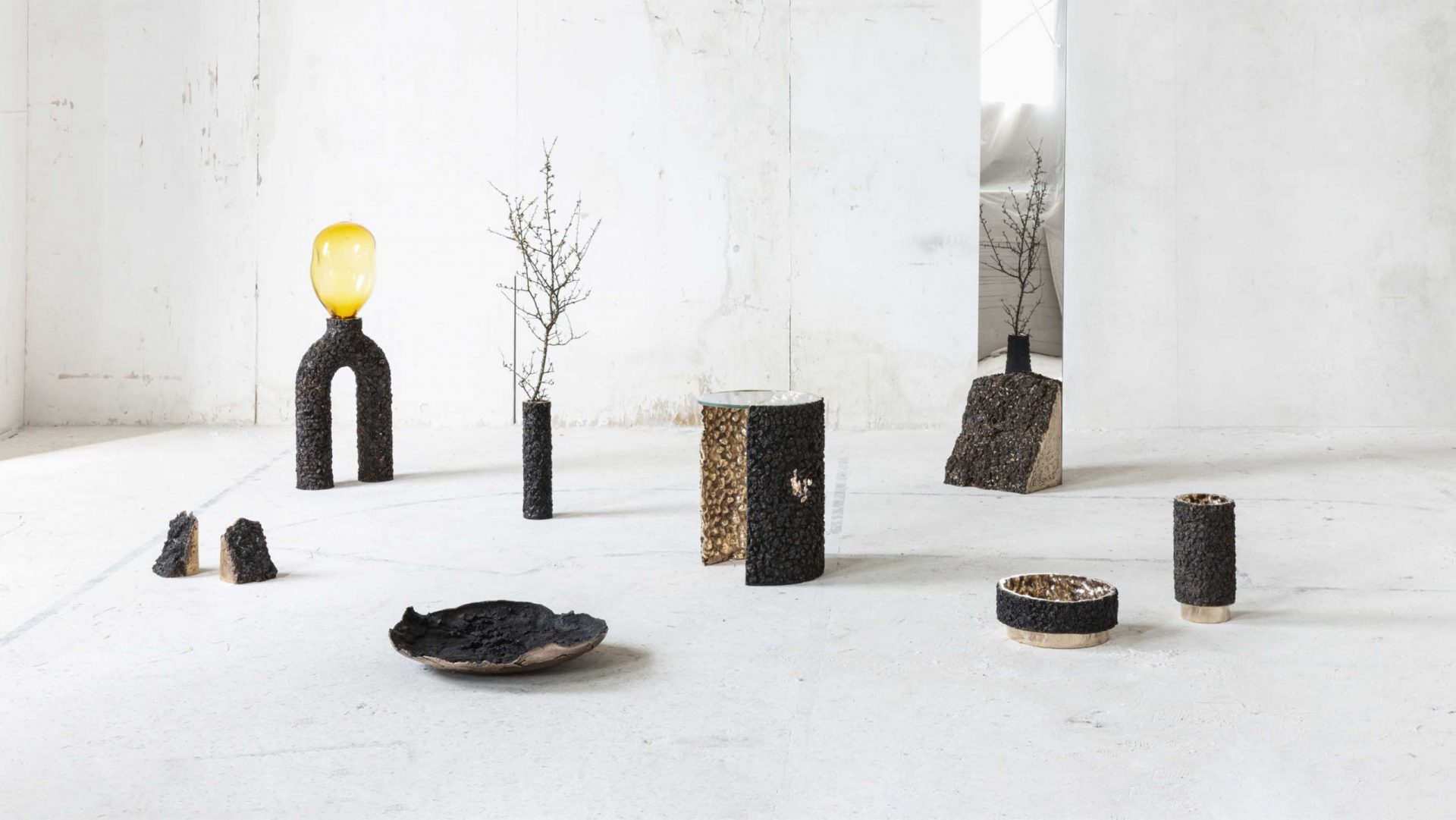Are LGBTQ+ creatives well enough accepted in the design field? Interview with Rebecca Brooker (she/her)

It’s Pride Month, and we’re all about celebrating the amazing work of our LGBTQ+ friends. Co-founder of Queer Design Club, Rebecca Brooker (she/her), tells us about the challenges queer creatives are facing today and her efforts in bringing the community together.
According to the Queer Design Count, over 40% of LGBTQ+ designers reported having to point out design decisions that excluded queer people from their colleagues. We may think that design is heading in the right direction when it comes to inclusivity, but we still see some colors of the rainbow left out from the spectrum.
Currently based in Buenos Aires, Rebecca Brooker (she/her) is a queer designer of color born in Trinidad and Tobago. She co-founded the Queer Design Club with John Hanawalt, after realizing that there were no design-specific LGBTQ+ creative communities to connect with. The initiative’s goal is to promote and celebrate the amazing work that happens at the intersection of queer identity and the design world.
The Queer Design Club is building a directory of LGBTQ+ designers, giving them a space to share their work and build opportunities. QDC is distributed across different online platforms, including closed Slack groups and social networks. In 2019, it launched the Queer Design Count, a survey that aims at understanding the challenges and experiences that LGBTQ+ designers are going through.

Who is Rebecca Brooker? How did the journey for Queer Design Club begin?
Rebecca Brooker: “I’m a queer designer and art director from Trinidad and Tobago, but currently living in Buenos Aires. I first started Queer Design Club after I graduated college and realized there was really no place for me to find a community – online or in person. I had been thinking about creating a virtual space for designers to meet each other. It wasn’t until I met John Hanawalt on Twitter, that we learned we had similar ideas and teamed up to create QDC.”
On a mission to promote and celebrate all the amazing work that happens at the intersection of queer identity and design worldwide, how does the Queer Design Club work?
Rebecca Brooker: “We’re a global online community, distributed across a few different platforms. The majority of our community is in our Slack workspace, but we also have an online directory where you can browse portfolios of LGBTQ+ designers. We’re also big on Instagram, Twitter, and our new quarterly newsletters.
Additionally, we work with companies and design teams to ensure that they know the best practices for queer inclusive design. In March 2021, we formed the Founding Community Board with the overarching goal of becoming a leading professional community for LGBTQ+ designers. We’re beginning to expand our reach and global footprint, now that we have more hands on deck. This year, we’re planning a full roster of events that are both engaging and helpful in building design talent.”

In 2019, 1,000 queer designers took the Queer Design Count and made themselves known. What is the initiative about?
Rebecca Brooker: “The Queer Design Count is the design industry’s only survey of queer people. There is such little data around our community within design that we sought to fill the gap – and truly understand some of the challenges and experiences that LGBTQ+ designers are going through. It is inspired by the AIGA Design Survey, which only features two questions towards LGBTQ+ persons and doesn’t provide a deep enough snapshot of our community.
In our 2019 report, we shared several learnings that we made through the data, and suggestions on how the industry could work to improve on them. An example of this is that we learned that over 40% of LGBTQ+ designers reported having to point out design decisions that excluded queer people from their colleagues.
Another thing we learned was that 22% of respondents of color reported making less than $25,000 annually compared to 15% of white respondents. These are data points that really highlight the inequalities within our industry and even our own queer community. These insights help us as an organization to set our goals on improving them where we can.“
This year’s Count has been edited and refined to be as inclusive as possible. Which are the steps to follow to participate in and share the 2021 edition?
Rebecca Brooker: “Since the 2019 Count, we’ve made adjustments to the way we phrase questions, and what data felt most important for us to collect. We’ve revised the count to be more inclusive towards freelancers and students, who don’t share the same experiences as full-time employees. We’ve also added sections to learn more about disability, and income inequality.
The 2021 Queer Design Count goes live on June 1 and runs until August 1, and you can take the count by heading over to queerdesign.club/count.”
Interested to know about other designers using their voice to advocate for queer rights? Don’t miss “WAKE THE F*CK UP!” and start designing for all – Interview with Max Masure (They/Them).
Do you have any expected outcomes for the 2021 Queer Design Count compared to the previous edition?
Rebecca Brooker: “This year, we really want to be able to reach more designers than ever before, and we’re aiming for over 3,000 responses. We’re hoping that with the increased amount of responses, we’ll be able to see larger correlations in this year’s data and the data from 2019.
This is also the first year we’ve asked about disability within design, so we’re eager to better understand what challenges people may be experiencing there. We are also working harder to reach more queer folks in the communities that we know are marginalised within our own, such as queer black and brown folks.”
As co-founder of an LGBTQ+ designers community, which practical actions do you believe the design field should take towards the values of inclusivity?
Rebecca Brooker: “There are so many places we can get started as an industry, and I think on the individual level, a lot of companies are already starting to work towards building more inclusive design teams. I’ve met with several companies this year that are looking for ways to educate and build better team bonding experiences for their employees.
I’ve also seen companies begin to provide extended healthcare benefits and mental health support to LGBTQ+ employees, asking employees to share their pronouns, building gender neutral bathrooms in offices and other small steps towards correcting equality.
While this is the start of correcting these injustices, ultimately we need to overhaul the design industry to not only be inclusive of queer people, but people with multiple identities and intersectionalities that are constantly being marginalized within tech.”
Curious to know about other initiatives supporting LGBTQ+ creatives? Head to these 4 LGBTQ+ organizations that you should know, follow, and might as well join.
What can we expect from Rebecca Brooker and the Queer Design Club in the near future?
Rebecca Brooker: “This year, we’ve been really focused on growing the organization beyond a Slack community. We’re currently working on planning virtual events for the rest of the year, and publicly launching our merch collection!
Later this year, we’ll be redesigning our website’s directory to improve search and filter, and give designers a more robust way to display their personalities. We’re really excited to be forming partnerships with companies like SuperHi and Carbonmade, in order to provide our members with the resources they need to level up in the industry.”






